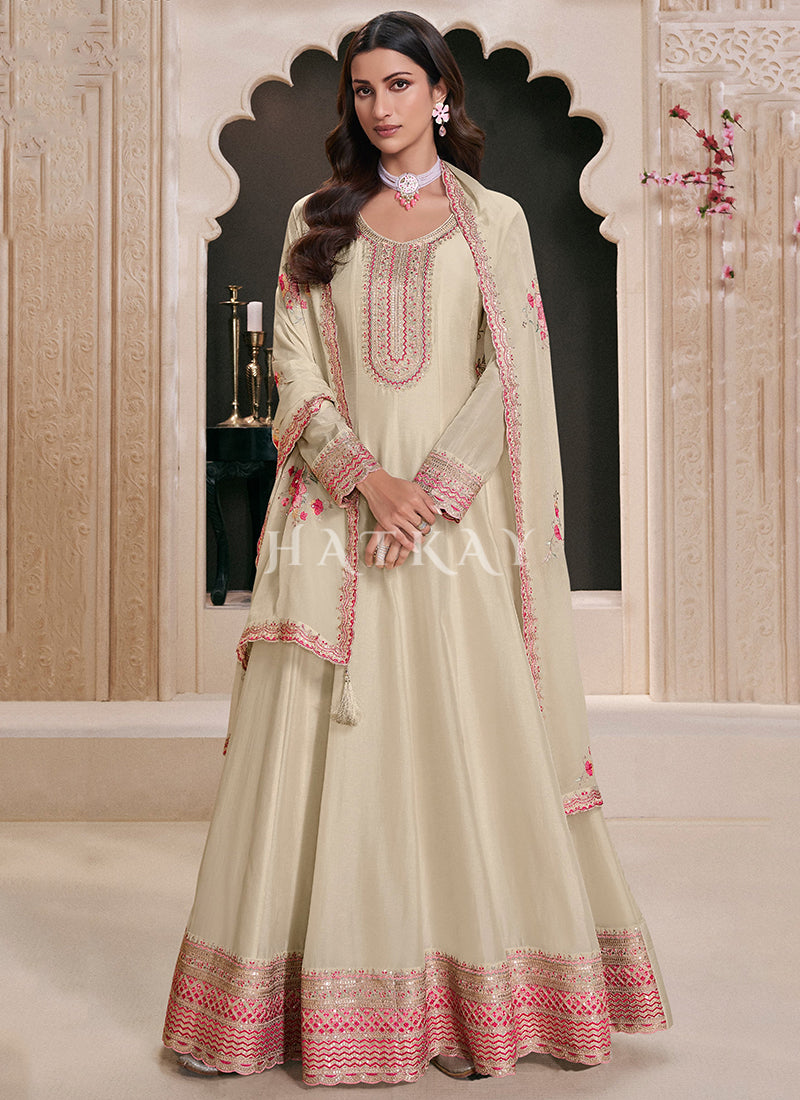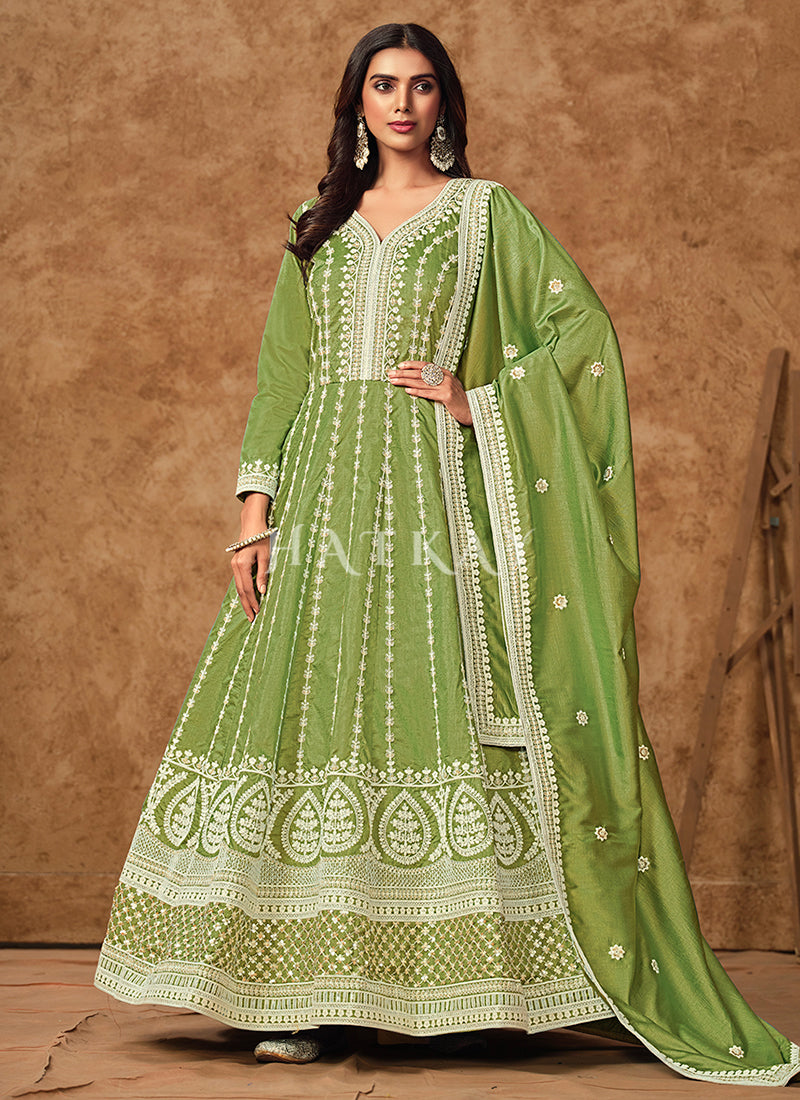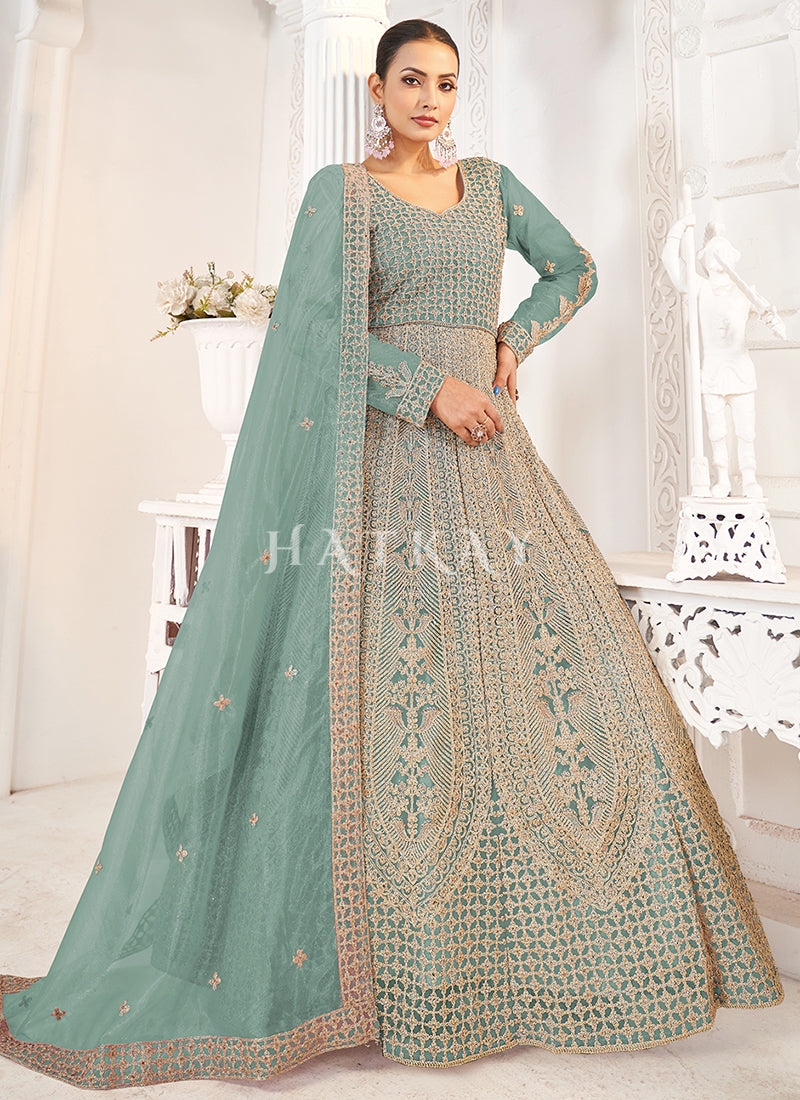Indian clothing is a fascinating blend of tradition, culture, and elegance. Among the many traditional attires worn by Indian women, long dresses, such as sarees, salwar kameez, lehengas, and anarkalis, hold significant importance. These garments not only represent India's rich cultural heritage but also offer comfort, modesty, and versatility. But why do Indian females predominantly wear long dresses? The answer lies in a mix of historical, cultural, religious, and practical reasons. In this article, we will explore the various factors that contribute to this enduring preference.
1. Cultural and Historical Significance
Indian fashion has evolved over thousands of years, with influences from various dynasties, colonial rulers, and modern globalization. Historically, Indian women have worn long, flowing garments such as sarees and lehengas, which were considered symbols of grace and dignity. The preference for long dresses can be traced back to ancient times when women in royal courts adorned themselves with elaborate drapes and gowns made of silk and other luxurious fabrics.
The Mughals, for instance, introduced the anarkali and long kurtas, which became a staple in North India. Similarly, regional variations of long dresses emerged across different states, such as the Mekhela Chador in Assam, the Ghagra Choli in Rajasthan, and the Pavadai in Tamil Nadu. These styles became deeply ingrained in Indian culture and continue to be worn for both daily and ceremonial occasions.
2. Religious and Modesty Considerations
India is home to multiple religions, each of which has unique customs regarding attire. Hinduism, Islam, Sikhism, and other religions emphasize modesty in clothing, which is one of the primary reasons why Indian women opt for long dresses.
In Hindu culture, goddesses are often depicted wearing sarees, reinforcing the idea that long garments are associated with divinity and virtue. In Islamic traditions, modesty in dress is emphasized, leading many women to wear long kurtas with dupattas or abayas. Sikh women, too, traditionally wear long salwar kameez that offer coverage while ensuring ease of movement.
Modesty is highly valued in Indian society, and long dresses help women maintain cultural decorum while expressing their personal style.
3. Climate and Practicality
India’s diverse climate plays a significant role in the choice of long dresses. Loose-fitting, flowing garments like sarees and anarkalis help women stay cool in hot and humid conditions. Cotton and silk sarees, for example, allow air circulation, making them ideal for warm weather.
In colder regions such as Kashmir, women wear long pherans, a type of cloak-like dress, to keep warm. The adaptability of long dresses to various climates makes them a practical choice for Indian women across different geographical locations.
4. Symbolism and Social Identity
Clothing in India is more than just a fashion statement—it reflects social identity, marital status, and regional heritage. For example:
-
Married women often wear sarees with sindoor (vermillion) and bangles as symbols of matrimony.
-
Brides typically wear lehengas or sarees in bright colors, signifying prosperity and happiness.
-
Different states have their own variations of long dresses, showcasing regional pride.
Wearing traditional long dresses helps women maintain a connection with their roots while also distinguishing them based on their cultural backgrounds.
5. Elegance and Versatility
Long dresses such as sarees, lehengas, and anarkalis are known for their timeless elegance. They can be styled in multiple ways, making them suitable for both formal events and casual wear. For instance:
-
A saree can be draped in over 100 different styles, adapting to various regions and preferences.
-
Anarkalis can be worn with or without dupattas, depending on the occasion.
-
Long kurtas can be paired with leggings, palazzos, or skirts to create diverse looks.
This versatility makes long dresses a preferred choice for Indian women who want to balance tradition with modern aesthetics.
6. Influence of Bollywood and Fashion Trends
Bollywood has played a significant role in shaping fashion trends in India. Actresses often wear beautifully embroidered lehengas, sarees, and floor-length gowns, influencing the choices of women across the country. Iconic Bollywood movies showcase traditional attire in a glamorous light, making long dresses highly desirable for weddings, festivals, and special occasions.
In recent years, Indian fashion designers have also reinvented long dresses by blending traditional elements with contemporary designs, ensuring they remain stylish and relevant for modern women.
7. Festivals and Special Occasions
Indian festivals and ceremonies involve grand celebrations, often requiring elaborate traditional attire. During Diwali, women prefer wearing sarees or salwar suits adorned with intricate embroidery and embellishments. Similarly, for Navratri and Durga Puja, lehengas and anarkalis are the go-to outfits for festive gatherings.
The grandeur of long dresses makes them ideal for these occasions, as they enhance the celebratory spirit while maintaining cultural authenticity.
8. Evolving Fashion Trends and Global Influence
While traditional long dresses continue to be popular, modern Indian women have also embraced fusion fashion. Indo-Western gowns, maxi dresses inspired by Indian designs, and long slit kurtas paired with jeans are gaining popularity among the younger generation. This evolution reflects how Indian fashion blends global trends while preserving cultural roots.
Conclusion
Indian females wear long dresses for a variety of reasons—cultural heritage, religious beliefs, practicality, elegance, and fashion influence. These garments not only offer comfort and modesty but also allow women to express their identity in a graceful and versatile manner. Whether it’s a saree worn by a grandmother, a salwar kameez donned by a young professional, or a lehenga flaunted by a bride, long dresses will continue to be an integral part of Indian women's fashion for generations to come.













